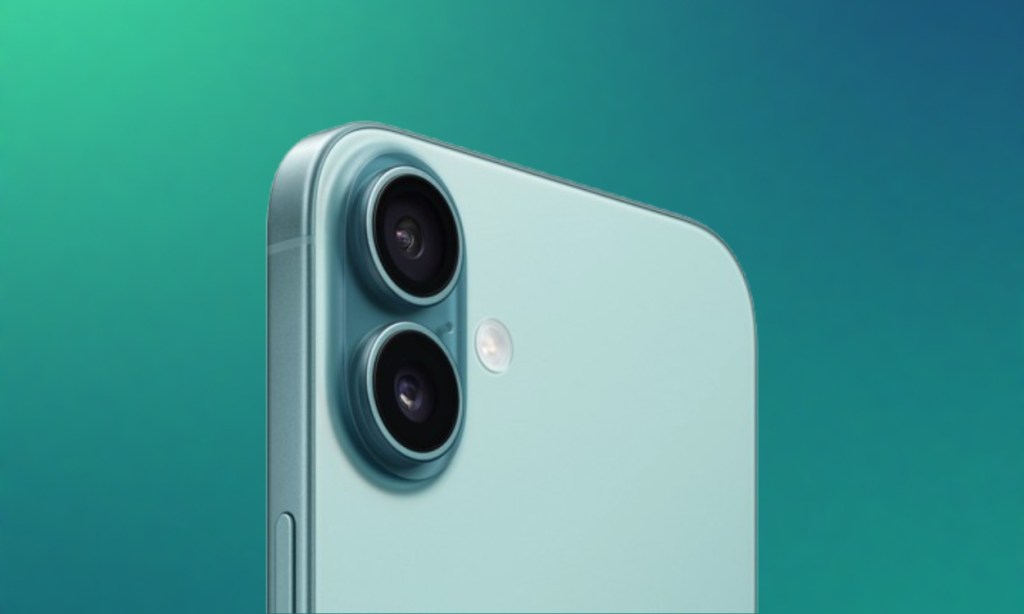Apple launched its latest iPhone 16 series on September 9, 2024. As always, the Cupertino tech giant made a huge deal out of its newest iPhone 16 lineup, with Apple Intelligence support, the new Camera Control button, brand-new processors, and upgraded cameras. Sticking to its 60Hz refresh rate obsession, Apple launched this year’s iPhone 16 and iPhone 16 Plus with the same display technology. Well, this outdated display might not be a huge deal for some. However, the DxOMark’s iPhone 16 display test result will definitely disappoint you.
Apple’s latest flagship, the iPhone 16, gets a mediocre 142 score in DxOMark’s display analysis, falling way short for a premium smartphone. With such a score, the iPhone ranked 40th on the lab’s display scoreboard. The latest Android flagships like Google Pixel 9 Pro XL (Rank 1) and Samsung Galaxy S24 Ultra (Rank 4) have secured a spot in the top 10s. Forget about the top spots, the iPhone 16 falls way behind several more affordable Android smartphones like Galaxy A35 5G and Pixel 9a, which managed to score 143 and 145 points respectively. This isn’t just disappointing, this is a shame for Apple.

DxOMark is an independent benchmark website that scientifically assesses smartphones, lenses, and cameras. They test and score smartphones, making it easier to arrive at a buying decision. Here’s DxOMarks’ reasoning behind the iPhone 16’s display score.
iPhone 16 DxoMark Display Ranking Analysis
DxOMark identified certain iPhone 16 display shortcomings like inconsistent brightness, low luminance & contrast in certain conditions, and lack of smoothness. Here’s why the iPhone 16 sits at the 40th position in DxOMark’s Global Chart:
- 60Hz Refresh Rate: Today, even the mid-range and affordable Android devices have moved past the 60Hz refresh rate screens. However, the 2024 Apple flagship, the iPhone 16 still features a 60Hz screen, which could affect some of the display’s smoothness and deliver less fluid animations.
- Inconsistent Average Brightness: One area that the iPhone 16 display struggles is the brightness. Apple mentioned that the iPhone 16 supports a peak brightness of 2,000 nits, and DxOMark’s analysis also revealed a figure close to 1,969 nits. DxOMark notes suggest that the iPhone 16 displays accurate colors when viewing indoors and outdoors. However, the iPhone 16 display has an inconsistent average brightness in HDR10 and SDR videos. Also, the phone’s auto-brightness feature makes it difficult to read the screen in low-light environments.
- Orange Castwith True Tone: While the display colors are pleasant, DxOMark also noticed a slight orange cast when viewing photos and HDR10 videos with True Tone turned on.
- Inconsistent & Unintended Touch Gestures: The touch reactions on iPhone 16 are pretty fast and accurate, but sometimes it gets difficult to interact with the corners of the device. Also, there are quite a lot of unintended touches when the iPhone is held in the landscape orientation. DxOMark also points out that the touchscreen occasionally becomes unresponsive when you hold the phone with one hand and use the Camera Control button.
- SDR Content lacks contrast in low-light conditions: Under low-light conditions, SDR content lacks contrast and brightness, but the HDR experience was good. This creates a brightness mismatch between SDR and HDR, creating brightness “jumps” when you switch between SDR and HDR content.
There are some areas where the iPhone 16 performs well. Here’s a quick look at what’s good in the iPhone 16 display:
- The iPhone 16 display renders pleasant and accurate colors, providing good readability indoors and outdoors.
- Motion blur and management of the screen’s frame drops are pretty good.
- Except for the corners, the touch reactions are pretty fast and accurate on the iPhone 16.
- With an acceptable level of flicker, color consistency, well-controlled luminance, and effective blue-light filtering, the iPhone 16 earned the DXOMARK Eye Comfort label.
With such a low display score, the iPhone 16 is easily beaten by even the mid-range Android smartphones. Well, this is just not acceptable, after all, we are talking about Apple’s latest flagship iPhone. It’s high time that Apple gets over its 60Hz refresh rate screens and brings some solid improvements to its iPhones. Rather than adding new buttons, it would be much better if Apple made some notable improvements in the display, charging speeds, and other areas.
Considering the iPhone 17 leaks, we might assume that Apple would offer a nice 120Hz ProMotion display across the entire iPhone lineup in 2025. Again, Apple has a history of repeating history and sticking to it. All we can say is, wake up Apple!
All Roblox Star Codes (October 2024)
Roblox One Shot Codes (October 2024)
Salesforce CEO Calls Copilot The New Microsoft Clippy – Doesn’t Work Or Deliver Value


